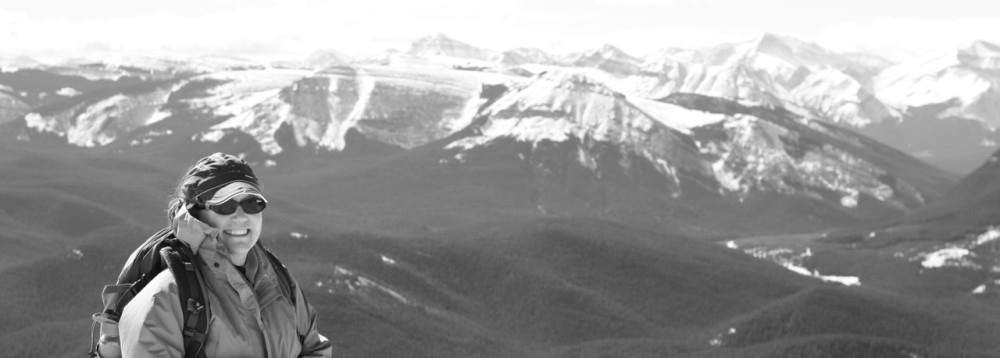I danced on Death’s Door – twice!
The first, as we crossed the strait heading from the northern tip of Door Peninsula over to Washington Island; the second time as we came back. My feet danced a little jig on the upper ferry deck in celebration.
Door County, Wisconsin, named Porte des Morts for the Door of Death that is the treacherous strait linking Green Bay to the rest of Lake Michigan, isn’t on the radar of most Western Canadians. When I mention traveling to explore the tiny peninsula sticking out into Lake Michigan, friends and family look at me blankly.
“What’s there to do in Wisconsin besides eat cheese?”
Let me show you the adventurous side of the Door!
There are lighthouses to climb; 11 lighthouses in the county, although I only had time to climb the stairs of Cana Island, Eagle Bluff and Pottawatomie.
Countless bays and lakes are perfect for kayaking.
There are trails to hike in any of the county’s five state parks.
There are beaches with rare polished white limestone rocks to explore.
And don’t even get me started on the excitement of a fish boil!
It’s true, Door County might not yet be on your radar, but when you get there, you’ll wonder why you waited so long to visit.
When You Go:
Details on activities, accommodations, dining and more can be found online through the Door County Visitor Bureau.





















